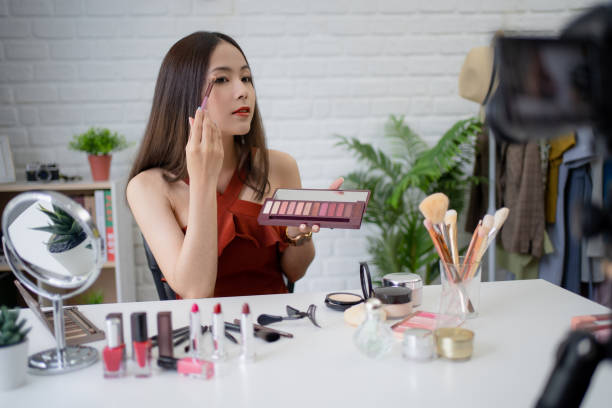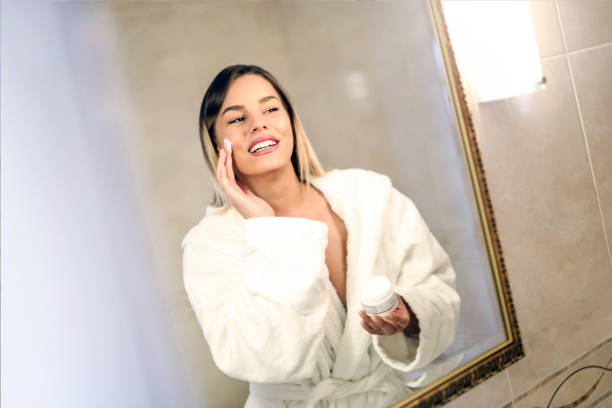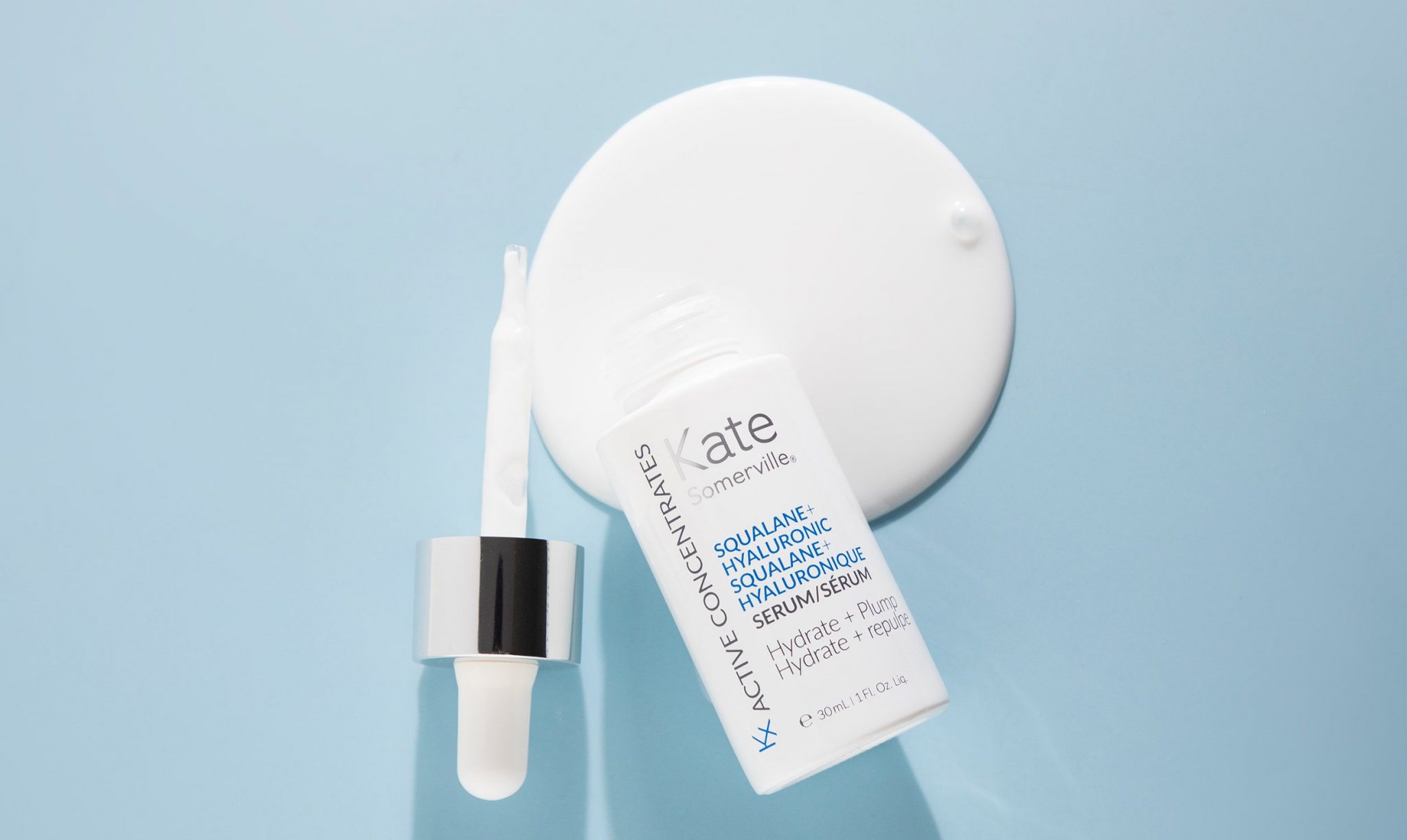
It is a big commitment to have your hair colored professionally at the salon. You don’t have to spend money on a professional hairdresser to get a new color. Instead, you can make your own at-home hair coloring kit. Professional colorists can advise on how to dye your hair at home, so you don’t get into trouble.
You can follow these at-home color commands to achieve a flawless, glossy shade.
Rule 1: Don’t look at the photos on the box
Jet Rhys, a celebrity stylist who co-owns the Jet Rhys Salons San Diego, says that many women will only look at the pictures on a box when shopping for hair color at home. The model in the box may be the perfect shade of brown. However, we only know her hair color after dyeing. Izabela Saboski is Salon Ziba’s director of color in New York City. Instead, look at the numbers and letters on your package to determine the desired color and tone. On a scale from 1-10, 1 is the darkest, and 10 is the light. She explains that the letters reveal the dye’s subtones. a is ash, _ggold, _c copper and _n neutral.
Rule 2: Use your coloring as a guide
Kyle White, the Oscar Blandi Salon’s lead colorist in New York City, says that light-skinned and light-eyed women appear more natural in lighter colors, while darker-skinned women with darker skin and hair look better in darker shades. Avoid using the warmth in hair colors if you have too much pink. It will make you appear flushed. People with olive skin should choose gold tones. These tones bring warmth to the skin and make it look greener. You can wear cool or warm blond shades if your skin is not pink or green.
Rule 3: Keep within two shades of your natural color
According to colorists, you shouldn’t dye your hair more than two shades darker or lighter at home. This is particularly important for brunettes who wish to go blonde. Saboski says that if your hair is very dark, you should visit a salon to get it lightened. At-home coloring will not work.
Because at-home color kits do not contain strong chemicals that can radically alter your hair color, White explains that hair colorists must go to school and pass a test to get a license from the government. The reason is that hair and scalp can be severely damaged by the chemicals used to color hair.
Rule 4: Test drive before you commit to a permanent color
Saboski says, “Demi-permanent color is safe for coloring your hair. It will fade slightly every time you shampoo.” “Demi-permanent color reduces damage and enhances the natural hair color.” A mixture of semi-permanent and permanent dyes is called demi-permanent. Although it cannot lighten dark hair, it can match and deepen your existing color.
The semi-permanent dye can be used, but it won’t lighten hair like demi-permanent colors. Semi-permanent dyes won’t penetrate hair profoundly and can be washed out with 8 to 12 shampoos.
Rule 5: Do not skip the patch test
You should test the new color on a small section of your hair before applying it to your whole head. Saboski says that too many ashy colors can make your skin look old and drab. If your skin is sensitive to dye chemicals, you could also experience a reaction on the scalp.
Do a patch test to see if the dye is too dark or too light on your hair.
Rule 6: Damage Control before You Dye
White says clarifying shampoo is a good idea to do before you color. It will remove product buildup and help even out hair’s porosity to ensure that colors take evenly. It would help if you used a deep conditioner to replace any moisture lost during coloring.
Don’t shampoo your hair the day you color it. Rhys says that shampooing doesn’t make your hair look better. Rhys also suggests that you don’t shampoo your hair before coloring. This allows the natural oils in your hair and scalp to protect you from irritation caused by ammonia in dyes.
Rule 7: Avoid Color Overkill
There’s good news: You don’t have to dye your entire head every time your color starts to fade. White warns that doing so can cause color buildup, discolored ends, bands of lightness or darkness, and unnecessary damage. You should only dye the new growth and, if necessary, the faded ends.



